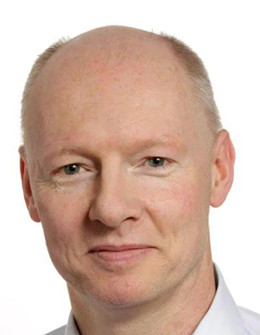Home> Plenary Speakers
Harald Stenmark
Updated: 2023-07-24

Harald Stenmark
Ph.D., Professor
Elected member of EMBO
Elected member of the Norwegian Academy of Science
Elected member of the European Academy of Cancer Sciences
Elected member of the Norwegian Academy of Science and Letters
University of Oslo, Norway
Research fields
Professor Stenmark's team is interested in the connections between membrane dynamics and cancer development.
1. The PI3P binding FYVE domain
The team’s starting point has been the study of a lipid that controls membrane dynamics, phosphatidylinositol 3-phosphate (PI3P). It has discovered a conserved domain that binds specifically to this lipid, the FYVE domain, and it has been studying the functions of several FYVE domain-containing proteins.
2. ESCRT proteins in endosomal sorting
One of the first PI3P-binding proteins Professor Stenmark's team studied was HRS, an endosomal protein that mediates the sorting of ubiquitinated membrane proteins, such as activated growth factor receptors, to the lumen of the lysosome. HRS is in complex with a related protein, STAM, and together these constitute a subcomplex of the endosomal sorting complex required for transport (ESCRT) machinery.
3. ESCRT proteins in cell division
Originally discovered for its function in endosomal protein sorting and biogenesis of multivesicular endosomes (MVEs), components of the ESCRT machinery have turned out to have numerous functions in the cell, all related to the regulation of membrane dynamics. One example is the abscission step of cytokinesis (the final stage of cell division whereby the two daughter cells become separated), and the team has identified an ESCRT-interacting protein called ANCHR that serves a key role in the abscission checkpoint that halts cytokinetic abscission when lagging chromosomes are detected in the intercellular bridge. The team recently found that components of the ESCRT machinery function to seal the reformed nuclear envelope during mitotic exit, thereby ensuring nuclear integrity and safeguarding the genome.
